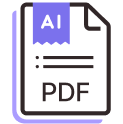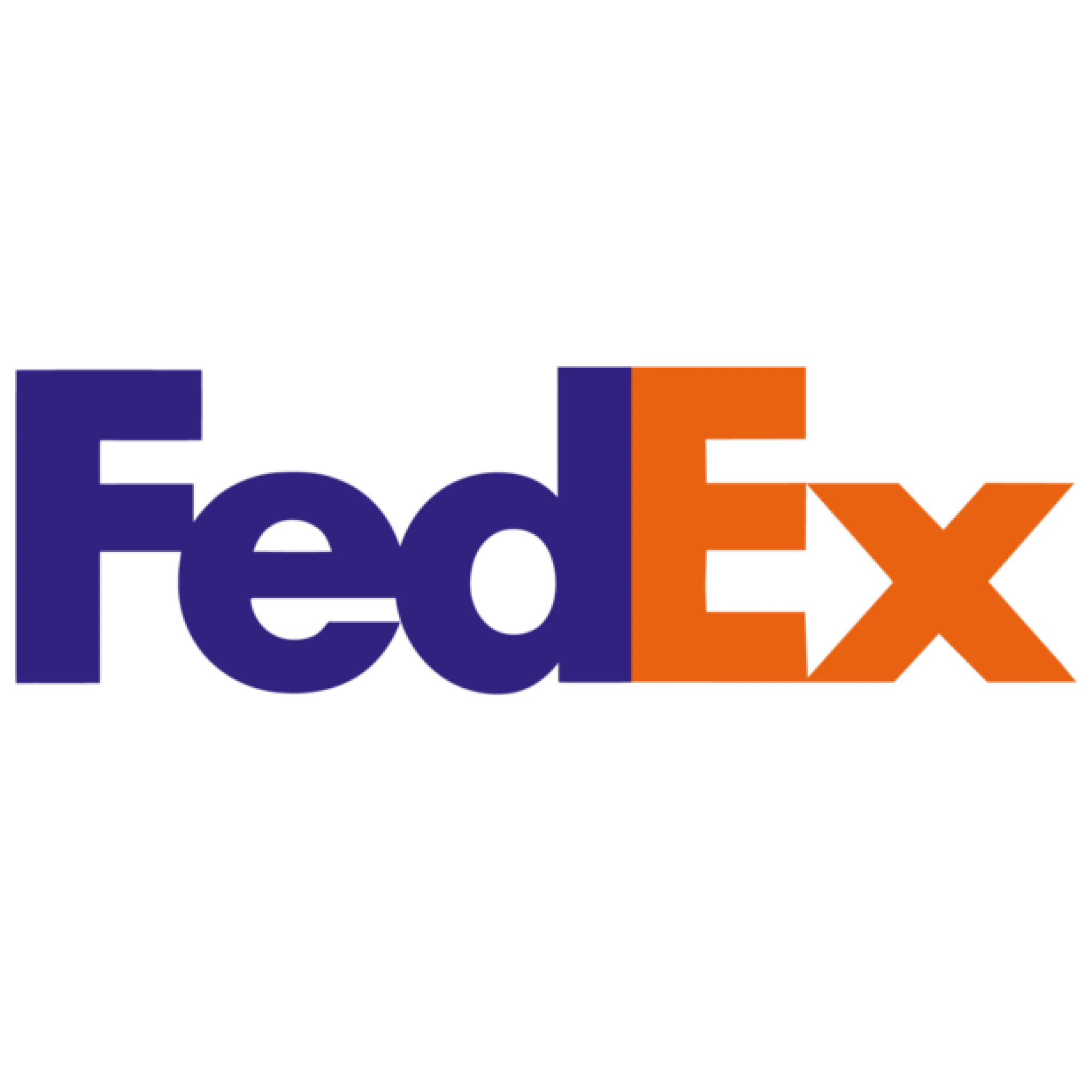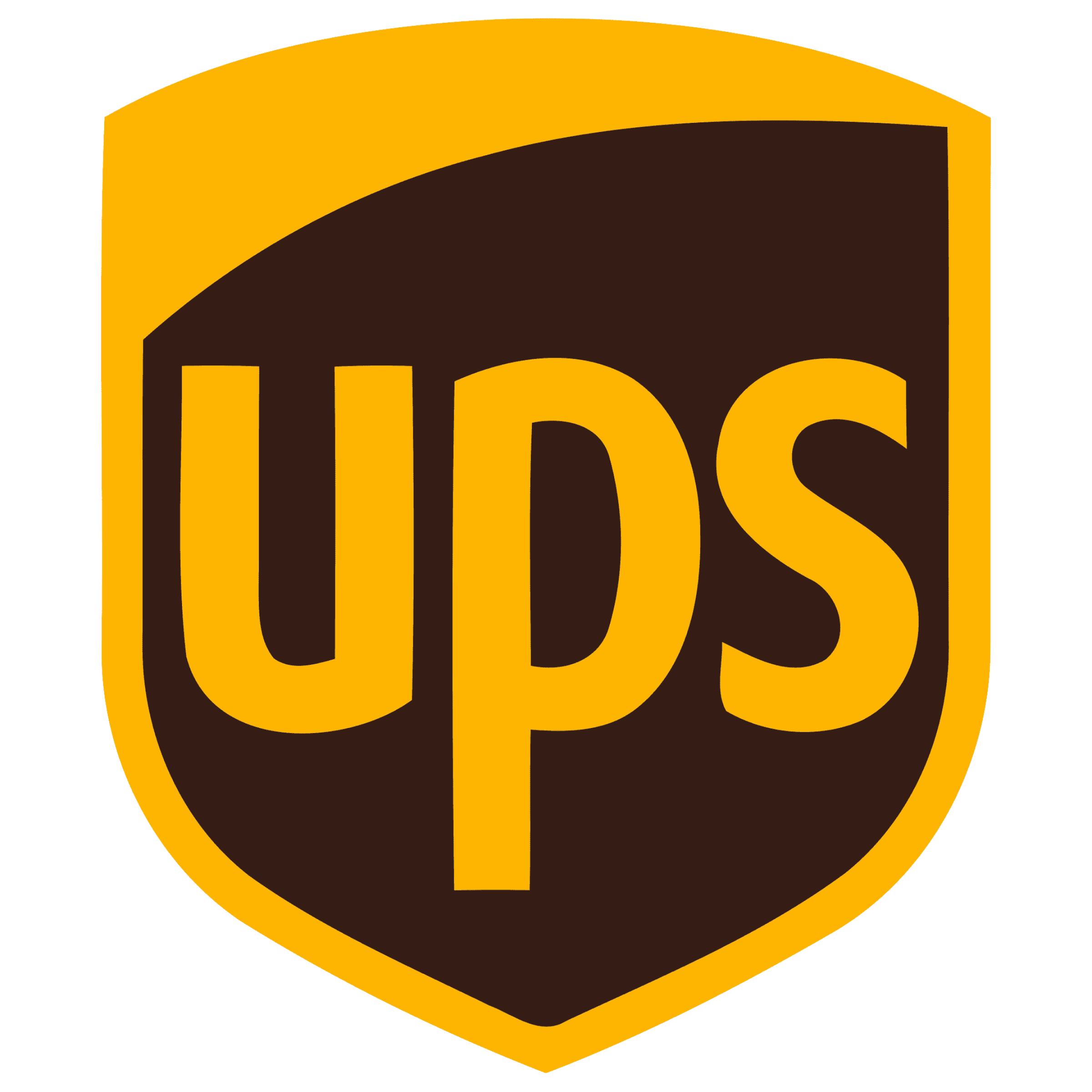
How to automate purchase order tracking
Almost every team starts by tracking POs manually in Google Sheets until eventually some of that data ends up in an ERP. But even when PO data is centralized, it’s never easy to maintain a source of truth because of the constant status updates coming from vendors and suppliers in every format imaginable. Without someone monitoring PO data full-time, these updates often lead to receiving surprises at the warehouse, forecasting errors, and even unexpected stockouts.
Parabola provides real-time PO visibility by integrating with supplier portals, emails, and ERPs — automatically alerting your team of PO status delays and updates while ensuring systems stay up-to-date. Even if PO data comes from dozens of sources and unstructured emails, Parabola can transform any dataset into the format you need for internal reporting and alerting — resulting in more accurate inventory forecasting, a reduction in overtime pay and receiving discrepancies at your warehouses, and avoided rush shipment expenses.

Video overview
Why Parabola







Parabola has given our team an intuitive yet robust platform that simplifies the day-to-day process of data automation, transformation and storage. Parabola has added to team productivity exponentially.
What is purchase order tracking?
Purchase order tracking is the process of monitoring POs from creation to fulfillment, ensuring accurate inbound inventory visibility. Effective PO tracking helps prevent stockouts, reduces unnecessary inventory holding costs, and ensures smooth coordination between procurement and supply chain teams.
How to track purchase orders in Parabola?
- Pull PO data from your ERP, supplier emails, or Google Sheets using steps like Pull from inbound email or Pull from Google Sheets.
- Extract key PO details (SKUs, quantities, statuses, expected delivery dates, etc.) using the Extract with AI step to standardize data from PDFs or email bodies.
- If applicable, pull real-time inbound shipment data from supplier portals or freight carriers using Pull from API step.
- Ensure all data is clean and standardized using steps like Edit columns, Format dates, and Standardize with AI.
- Combine data across sources using the Combine tables step, joining on fields like PO number and SKU.
- Use the Add if/else column step to categorize POs (e.g., 'On Track,' 'Delayed,' etc.) and the Filter rows step to identify PO records of interest.
- Send alerts via the Email a CSV attachment or Send to Slack steps when discrepancies are found or ETAs change.
- Consider also pushing PO data to your ERP or internal tracking system to maintain a single source of truth.
Tips for tracking purchase orders?
- Standardize SKU formats and column headers early in your Flow with Edit Columns or Standardize with AI to avoid mismatches when merging data.
- Consider integrating real-time freight tracking to proactively manage inbound inventory delays.
- Maintain a historical PO tracking log using Parabola Tables to improve forecasting accuracy over time.
What other resources are available on purchase order tracking?
- To start building your own purchase order tracking Flow, check out Parabola University.
What are some real-world examples of purchase order management automation?
Hundreds of Parabola users are currently using our AI-powered workflow builder to automate purchase order management processes. Below are three real stories, from real customers.
- How Seed scaled operations and saved 500+ hours a year with Parabola
- How Rhone doubled their operational capacity with Parabola
- How Magic Spoon is building an automation-first culture and saving 500+ hours a year









